Table of contents:
Japan's Rail Pass price jumped up 70% recently, making many travelers wonder about their best transport options. The 7-day rail pass now costs ¥50,000, pushing people to rethink their travel plans. Trust me, choosing between bullet trains and planes isn't as simple as it used to be.
Local Insight:
Back when I first moved to Japan, the rail pass was the obvious choice. These days, budget airlines can sometimes beat train prices, especially for longer trips.The bullet train (新幹線 - shinkansen) races between cities at impressive speeds up to 320 km/h (200 mph). Meanwhile, budget airlines offer surprisingly good deals - some routes cost as little as ¥11,000.
Let me break down a real example:
- Tokyo to Kyoto by bullet train: 2 hours 12 minutes
- Tokyo to Kyoto by plane: 3 hours total (including airport procedures)
- Tokyo to Kagoshima by bullet train: 7 hours
- Tokyo to Kagoshima by plane: 2 hours flight time
The choice really depends on your route and priorities. My experience is that bullet trains are best for shorter trips between major cities. While planes make more sense for longer distances. This guide will help you figure out the best option for your Japan journey, looking at everything from costs to comfort.

1. Bullet Train vs Plane in Japan: Which is Best for You?
The speed difference between bullet trains and planes tells us a lot about getting around Japan. The Shinkansen reaches speeds of up to 320 km/h (200 mph) on the Tohoku line, while planes cruise much faster but spend more time on the ground.
Popular Articles

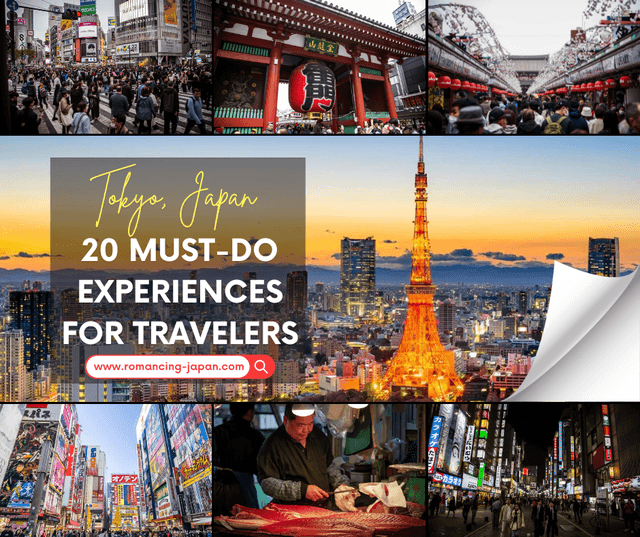
Tokyo Favorites: 20 Must-Do Experiences for Travelers
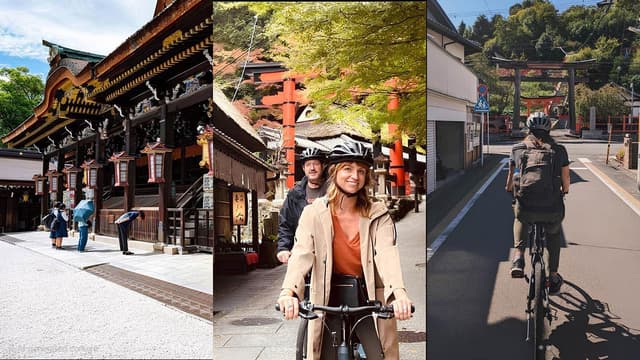
Kyoto Bike Tours: Discover the City’s Hidden Gems with Noru
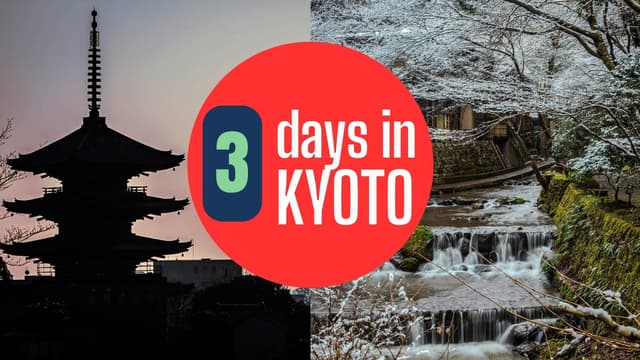
Kyoto 3-Day Itinerary: Best Things to Do for First-Time Visitors
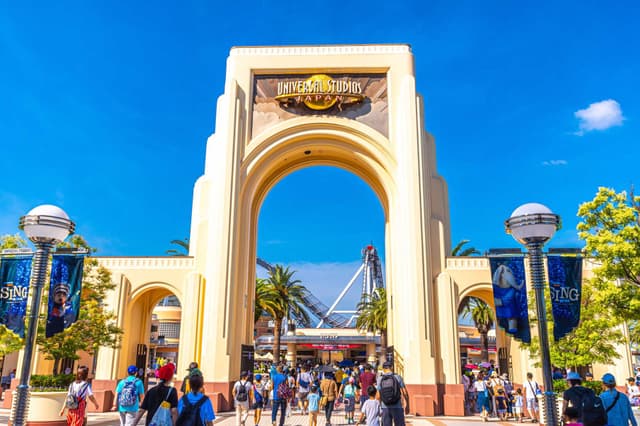
Universal Studios Japan Tickets: Your Guide to Visiting USJ
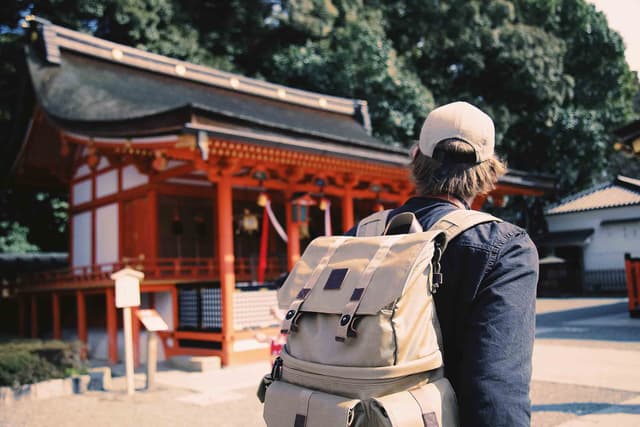
Find Out What Japan Really Thinks of Foreign Tourists

Manga Explained: Top Recommendations for Beginners
2. Japan Travel: Bullet Train or Plane – Pros and Cons
The Tokaido Shinkansen line shows what Japanese engineering can do. The fastest service, called のぞみ (Nozomi), runs at 300 km/h, getting you from Tokyo to Osaka in about 2.5 hours. During testing, these trains have even reached an incredible 443 km/h.
3. Is the Bullet Train Cheaper than Flying in Japan?
The cost really depends on when and where you're going. Here's what you'll pay for a Tokyo to Osaka trip:
- Bullet train: ¥13,320 to ¥14,570
- Budget flights: From ¥8,200
For longer trips like Tokyo to Sapporo, both options cost around ¥28,000. But here's a tip from my experience - flight prices can drop a lot if you book two months early.
3.1. Japan Rail Pass vs Budget Flights: Which Saves More?
The real cost story isn't just about ticket prices. Bullet train stations sit right in city centers, saving you those pricey airport transfers (usually ¥600 to ¥800). During peak seasons, train prices might go up ¥200-400, but flight prices can skyrocket.
I've found what I call the "4-hour rule" really helpful. If the train journey takes less than 4 hours, the Shinkansen usually saves you money. This factors in all that extra time at airports - security lines, check-in, and getting to and from distant terminals.

4. How Long Does the Bullet Train Take vs a Plane?
The Shinkansen (新幹線) network connects Japan's major cities across Honshu island. These sleek trains zip between destinations at speeds reaching 320 km/h. After countless trips on these trains, I can tell you they're often your best choice for city-to-city travel.
4.1. Short to Medium Distance Routes
The Tokaido Shinkansen (東海道新幹線) really shines for shorter trips. This line connects Japan's biggest cities - Tokyo, Nagoya, and Osaka. You'll skip all those time-eating airport procedures if your journey is under four hours.
Quick journey times I've experienced:
- Tokyo to Kyoto: 2 hours 15 minutes
- Tokyo to Nagoya: 2 hours
- Osaka to Fukuoka: 2.5 hours
Local Insight:
I once had to get from Tokyo to Osaka for an urgent meeting. The Shinkansen was a lifesaver - I made it from my office to the client's building in just over 3 hours.
5. City Center Convenience: Why Bullet Trains Win
Unlike airports stuck out in the suburbs, Shinkansen stations sit right in the heart of each city. Trains leave every few minutes, perfect for both tourists and business folks rushing to meetings.
These stations have grown into much more than just train stops. Take Tokyo Station (東京駅) - it's practically a small city underground. You'll find:
- Shopping malls with local specialties
- Restaurant streets serving regional dishes
- Business centers and meeting spaces
The impact on local economies has been huge. When the Shinkansen reached Kagoshima in 2011, the area saw economic growth exceeding ¥46 billion.
6. When Flying in Japan is the Better Choice
Sometimes planes beat bullet trains in Japan. After years of traveling across the country, I've learned exactly when to skip the rails and take to the skies. Here's what experience has taught me - if your trip is over 450km or would take more than 3.5 hours by train, flying usually makes more sense.
6.1. Long Distance Routes
Flying really shines for longer trips. Take the Tokyo to Kagoshima route - flights start at ¥13,800, plus about ¥1,600 for getting to and from airports.
Best routes for flying:
- Tokyo to Sapporo (札幌): Just 1.5 hours in the air
- Osaka to Kagoshima (鹿児島): 2.5 hours total
- Tokyo to Fukuoka (福岡): 2-hour flight
Here's a money-saving tip I've learned - book two months ahead for special deals. Budget airlines like Peach and Jetstar often offer cross-country flights cheaper than a nice dinner out.
6.2. Flying for Island Hopping in Japan
Japan's island layout means sometimes you have to fly. Places like Shikoku (四国) don't have bullet train service at all.
Fukuoka Airport (福岡空港) surprised me with its convenience - it's just one subway stop from Hakata station. This makes flying to Kyushu much more appealing than I first thought.
For Hokkaido trips, planes are your best friend until they finish building the Sapporo Shinkansen extension. The airlines make these multi-city bookings surprisingly simple.
7. Travel Time Comparison: Bullet Train vs. Plane
The scheduled times you see online don't tell the whole story. Research shows people spend about 157 minutes at airports compared to just 32 minutes at railway stations. Let me break down what this means for popular routes based on my frequent travels across Japan.
7.1. Tokyo to Kyoto: Should You Fly or Take the Train?
Tokyo to Kyoto is the most traveled route for tourists in Japan. The のぞみ (Nozomi) bullet train covers this route in 2 hours 15 minutes, cruising at 300 km/h. Flying might seem faster at 90 minutes in the air, but you'll spend 2 more hours dealing with airport hassles. Take the bullet train and you'll find yourself in Japan's cultural heart in no time!

7.2. Tokyo to Sapporo: Which Transport Wins?
Getting to Hokkaido shows different timing patterns:
- Flight time: 1 hour 32 minutes
- Total time with airport procedures: 4 hours
- Bullet train to Hokkaido: 4 hours (only reaches Hakodate for now)
7.3. Osaka to Fukuoka: Train vs. Plane Analysis
The Sanyo Shinkansen (山陽新幹線) really shines on this route. Setting off from Osaka you'll spend 2 hours 20 minutes on the train, with consistent service throughout the day.
Flying between these cities looks like this:
- Pure flight time: 70-75 minutes
- Door-to-door journey: 2 hours 30 minutes

8. Japan Rail Pass: Is It Still Worth It?
The Japan Rail Pass changed a lot in October 2023. Here's what you'll pay now:
- 7 days: ¥50,000
- 14 days: ¥80,000
- 21 days: ¥100,000
Rail pass holders get some nice perks - like free seat reservations that normally cost ¥1,000 per ticket. A single Tokyo-Kyoto round trip costs about ¥26,160, so the pass can really save money if you're visiting multiple cities.
Click here to access the official Japan Rail Pass site for ticket purchases.
Click here to access the official JR Regional Passes:
- Kyushu Pass: ¥20,000 (5 days) to ¥26,000 (7 days)
- Tohoku Area Pass: ¥30,000 for 5 days
9. Bullet Train vs. Flight: Key Differences at a Glance
Let me break down the key differences between 新幹線 (Shinkansen) and flying:
| Aspect | Bullet Train (Shinkansen) | Plane |
| Speed | Up to 320 km/h (200 mph) | Approximately 3x faster cruising speed |
| Station/Airport Wait Time | 32 minutes average | 157 minutes average |
| Tokyo-Kyoto Journey | 2h 15m total | 3h 30m total (90m flight + 2h procedures) |
| Tokyo-Osaka Price | ¥13,320 - ¥14,570 | Starting from ¥8,200 |
| Tokyo-Sapporo Journey | 4h total | 4h total (1h 32m flight + procedures) |
| Station/Airport Location | City centers | Usually remote locations |
| Transfer Costs | Minimal/None | ¥600-800 for airport transfers |
| Price Fluctuation | ¥200-400 during peak seasons | Significant increases during peak times |
| Best For | • Journeys under 4 hours • City-to-city travel • Business districts access | • Distances over 450km • Island hopping • Remote destinations |
| Punctuality | Average delay of seconds | Subject to weather delays |
| Departure Frequency | Every few minutes | Variable schedule |
FAQs
Is the bullet train faster than flying in Japan?
For trips under 4 hours, the bullet train is often faster because you skip long airport procedures. Flights may be quicker for longer routes.
Is flying cheaper than taking the Shinkansen?
Budget airlines can be cheaper, but factor in baggage fees and airport transfers. A Japan Rail Pass saves money for multi-city trips.
When should I take the bullet train instead of flying?
If your destination is under 450km (280 miles) or less than 3.5 hours away, the bullet train is faster and more convenient.
How much is a bullet train ticket in Japan?
A one-way Tokyo to Kyoto bullet train ticket costs ¥13,320 to ¥14,570. Flight prices start at ¥8,200, but airport fees add extra costs.
Is the Japan Rail Pass worth it?
The 7-day JR Pass costs ¥50,000, so it’s only worth it if you take multiple train trips. For short stays, individual tickets or flights may be cheaper.
Loading Comments...
![Bullet Train vs Plane in Japan: Which Saves You More? [2025]](/_next/image/?url=https%3A%2F%2Fcdn.sanity.io%2Fimages%2Fx0c10dda%2Fproduction%2F62cdcb51ee2d5cc943bc4c5add1499ae920a8916-313x220.jpg%3Fauto%3Dformat&w=640&q=75)
James Saunders-Wyndham
I've been immersed in Japanese culture and daily life for over 30 years and am proud to call Japan my home. Originally from Australia, my journey has taken me from teaching at Japanese universities to traveling extensively across the country, uncovering its hidden gems. As a web developer, I built Romancing Japan from the ground up to share these experiences with you. Whether it's the charm of old Kyoto, the pulse of Tokyo, or the tranquility of the countryside, I love helping others discover the magic of Japan—one story at a time.
Popular Articles
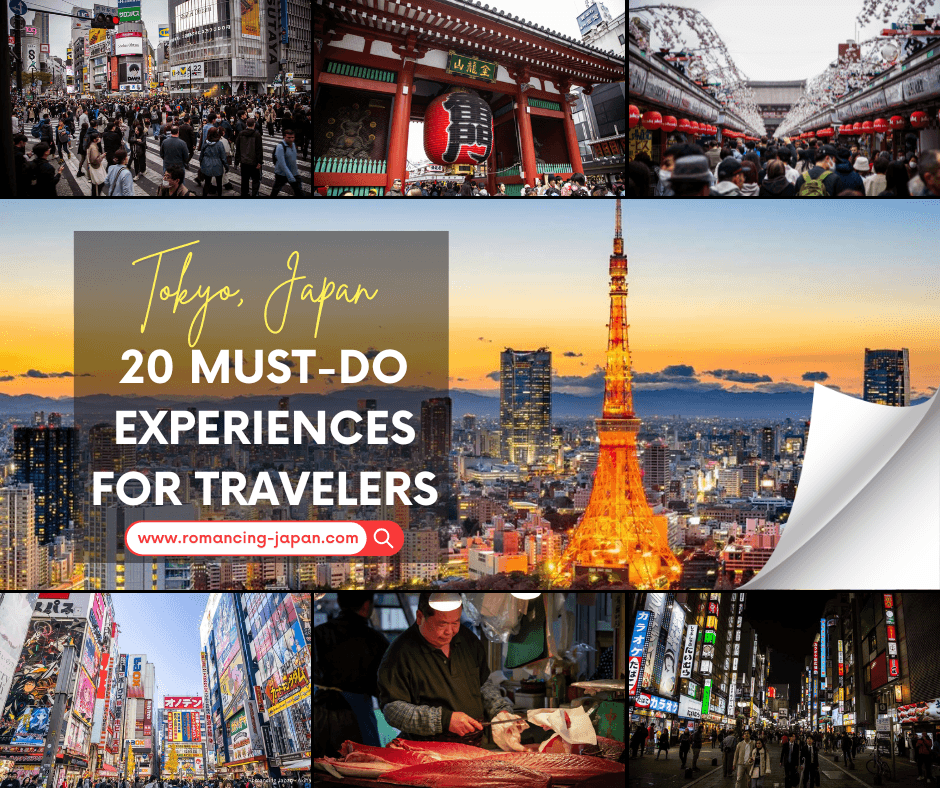
Tokyo Favorites: 20 Must-Do Experiences for Travelers
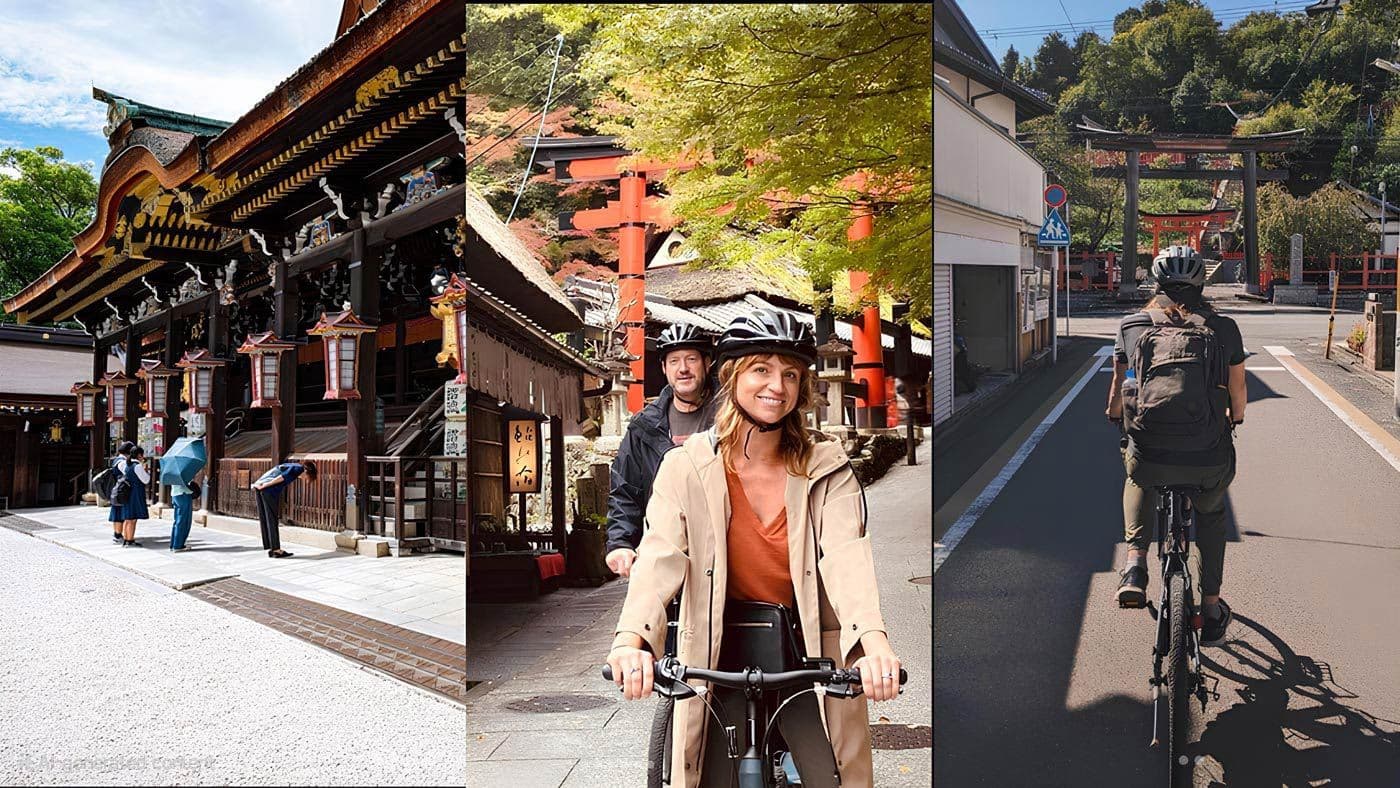
Kyoto Bike Tours: Discover the City’s Hidden Gems with Noru
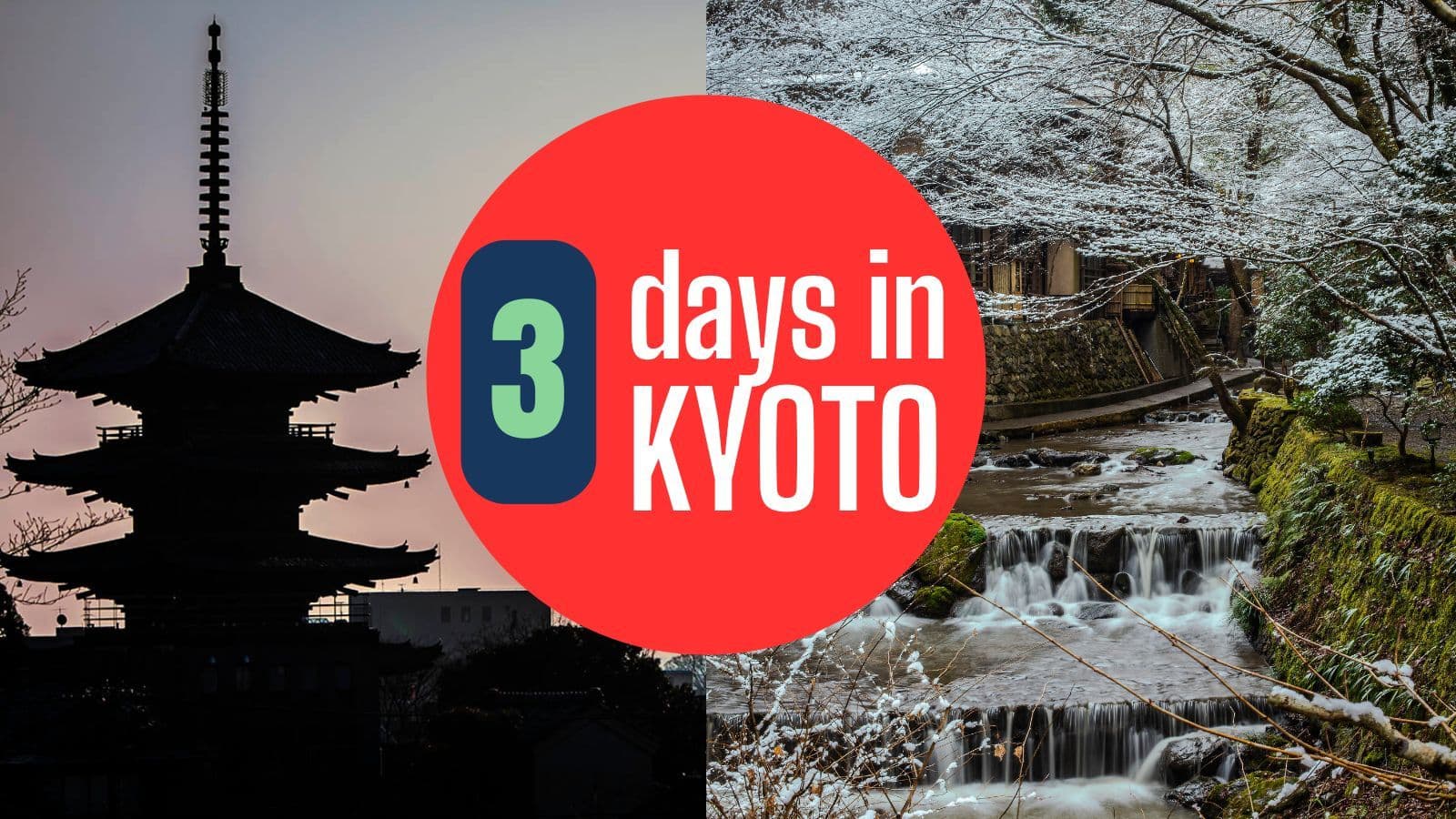
Kyoto 3-Day Itinerary: Best Things to Do for First-Time Visitors
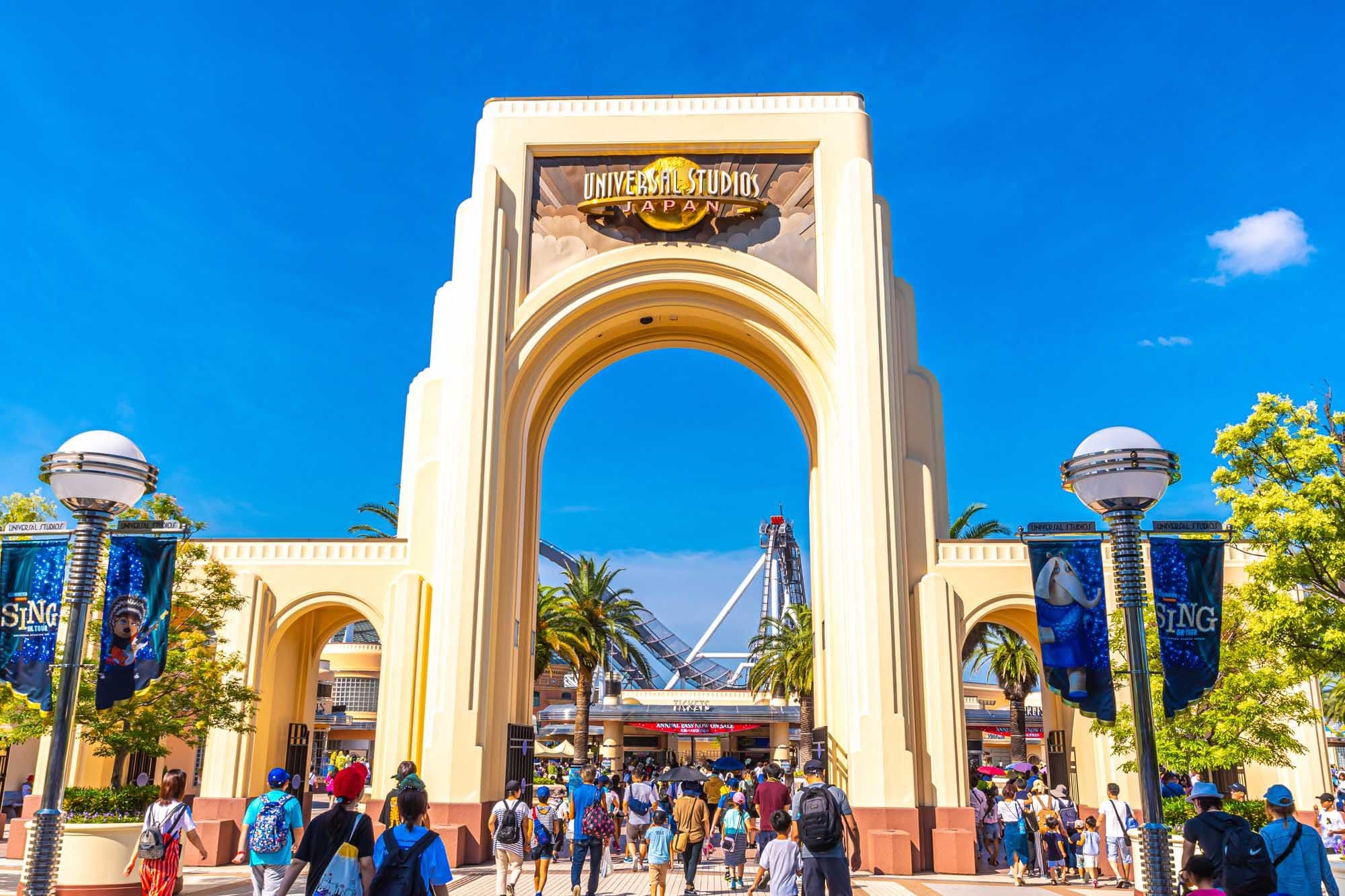
Universal Studios Japan Tickets: Your Guide to Visiting USJ
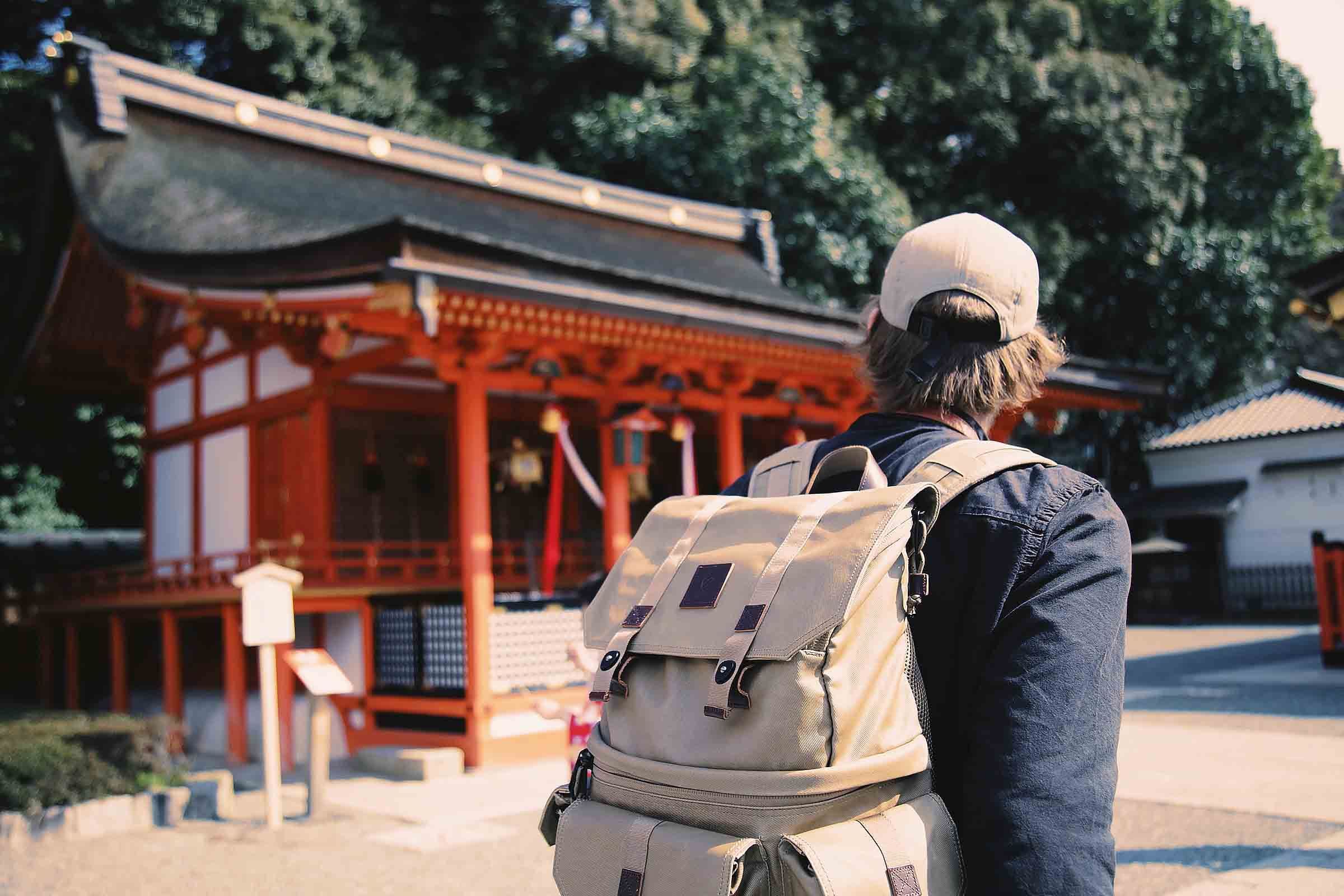
Find Out What Japan Really Thinks of Foreign Tourists

![Romancing Japan Bullet Train vs Plane in Japan: Which Saves You More? [2025]](https://cdn.sanity.io/images/x0c10dda/production/50d804c13ccafe75ad5655fb5875a64a44819576-1600x900.jpg?w=1600&h=900&q=60&auto=format&auto=format)